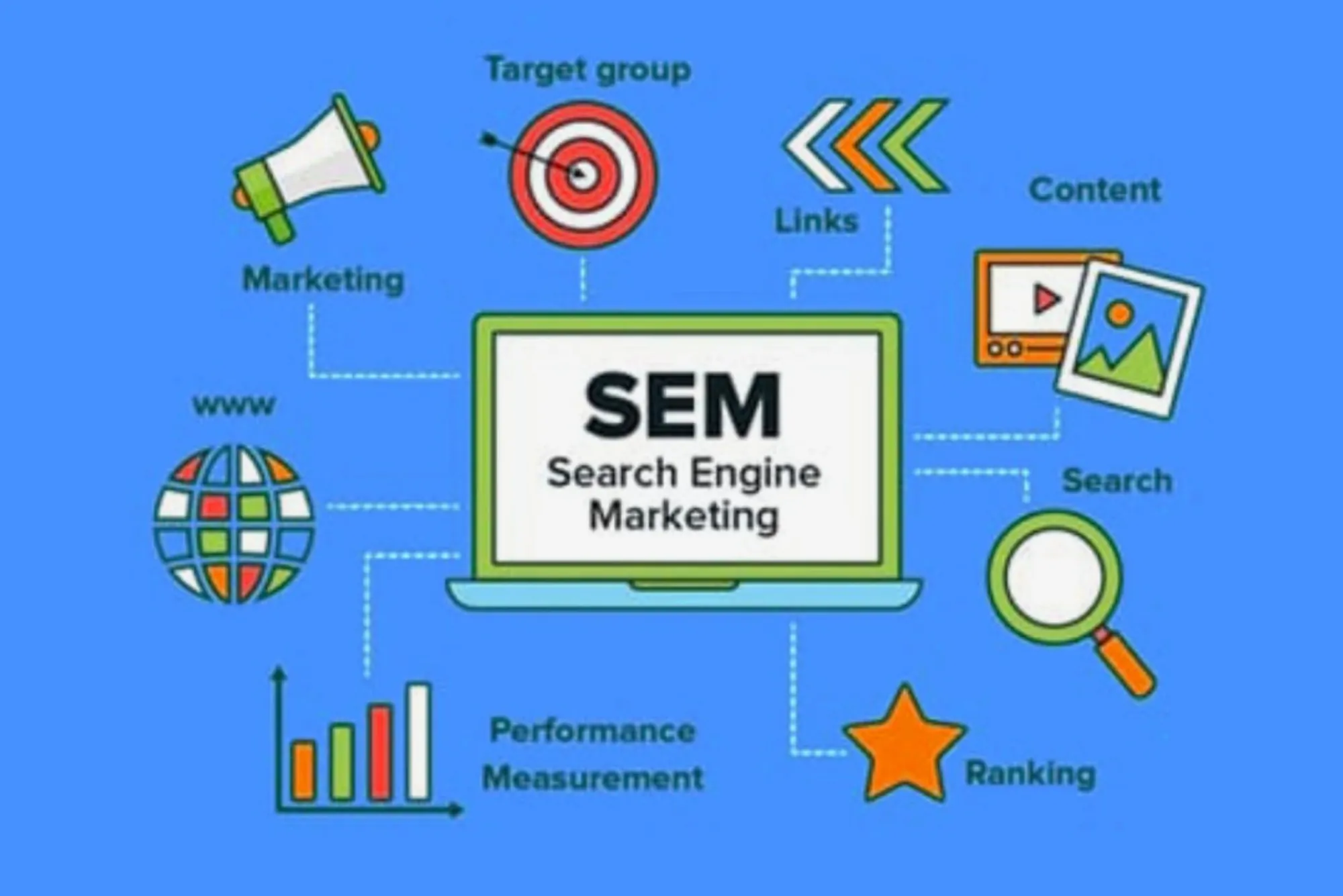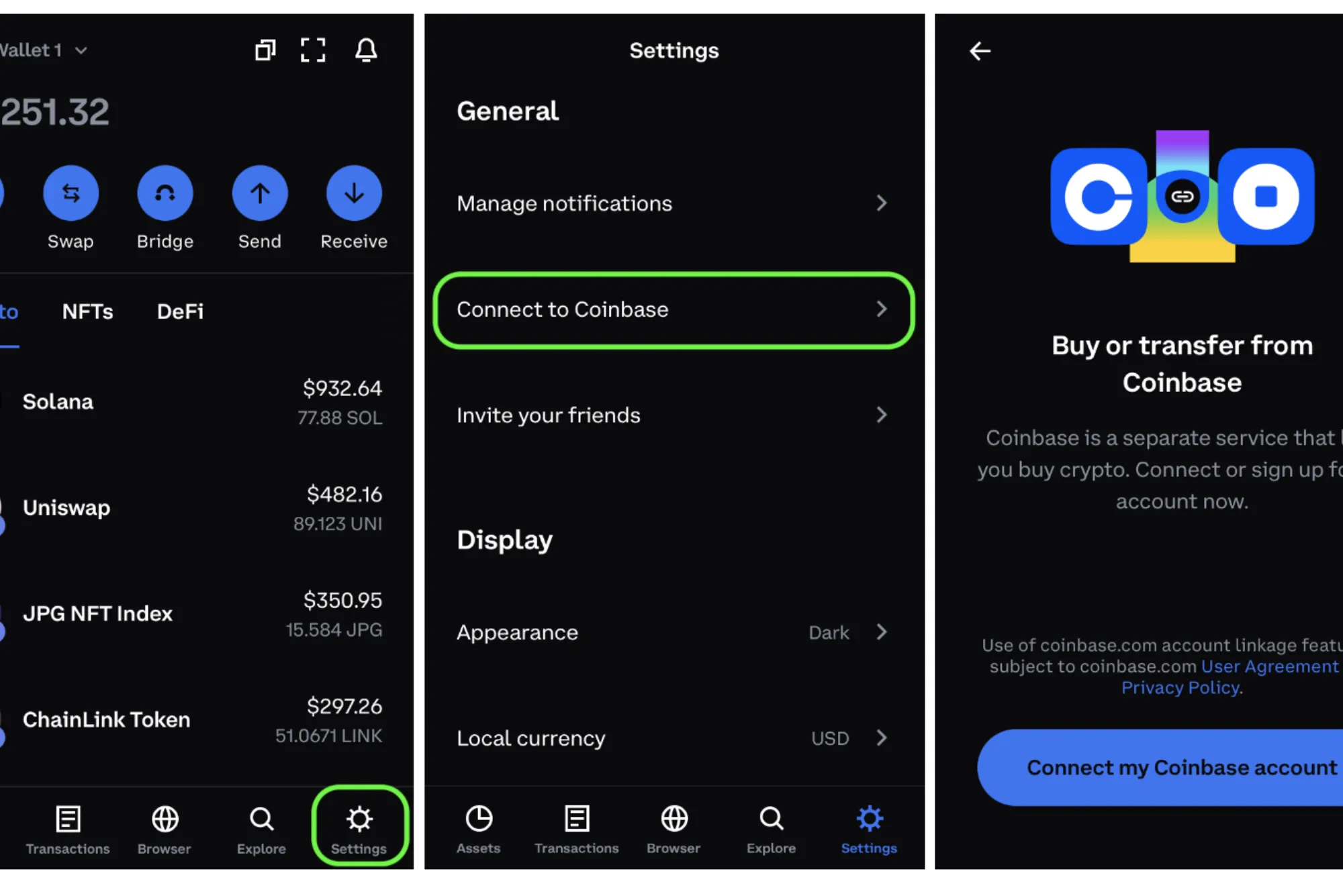When Advertising Using SEM, You Only Pay
Search Engine Marketing (SEM) is a powerful tool for businesses looking to enhance their online visibility and drive targeted traffic to their websites. One of the most appealing aspects of SEM is its cost-effectiveness, particularly the pay-per-click (PPC) model. In this article, we’ll explore how SEM ensures that you only pay for results, providing an efficient way to manage your advertising budget while achieving measurable outcomes.
Understanding SEM and PPC
What is SEM?
Search Engine Marketing (SEM) encompasses all marketing strategies used to promote websites by increasing their visibility in search engine results pages (SERPs). It includes both organic search engine optimization (SEO) and paid search advertising.
The Pay-Per-Click Model
Pay-Per-Click (PPC) is a key component of SEM where advertisers pay a fee each time one of their ads is clicked. Essentially, it’s a way of buying visits to your site, rather than attempting to earn those visits organically.
Advantages of PPC in SEM
Cost-Effectiveness
With PPC, you only pay when someone actually clicks on your ad, meaning your budget is directly tied to performance. This ensures that your advertising spend is used efficiently, targeting users who are actively seeking your products or services.

Measurable ROI
PPC campaigns offer detailed metrics and analytics, allowing you to measure the effectiveness of your ads and adjust your strategy accordingly. This data-driven approach helps in optimizing your ROI.
How PPC Works in SEM
Keyword Targeting
Keywords are the foundation of PPC advertising. Advertisers bid on keywords that they believe their target audience will use when searching for related products or services. The choice of keywords can significantly impact the success of an SEM campaign.
Ad Auctions
Whenever a user performs a search, an ad auction takes place, determining which ads will appear in the SERPs and in what order. The auction considers factors such as bid amount and ad quality.
Quality Score
Google assigns a Quality Score to each ad based on its relevance, expected click-through rate (CTR), and landing page experience. A higher Quality Score can lower your cost per click (CPC) and improve your ad position.
Optimizing Your SEM Strategy
Choosing the Right Keywords
Conduct thorough keyword research to identify terms that are relevant to your business and have a high search volume. Tools like Google Keyword Planner can be invaluable in this process.
Crafting Compelling Ads
Your ad copy should be engaging and relevant to the keywords you are targeting. Include a strong call to action (CTA) to encourage users to click on your ad.
Landing Page Optimization
Ensure that your landing pages are optimized for conversions. The page should load quickly, be mobile-friendly, and provide a seamless user experience.
Monitoring and Adjusting
Regularly review your PPC campaign performance. Use analytics to track key metrics such as CTR, conversion rate, and cost per conversion. Adjust your bids, keywords, and ad copy based on this data to continually improve your results.
Benefits Beyond Cost-Effectiveness
Targeted Advertising
SEM allows for highly targeted advertising. You can reach users based on their search behavior, geographic location, and even the device they are using. This precision targeting increases the likelihood of reaching potential customers at the right moment.

Flexibility and Control
PPC campaigns offer a high degree of flexibility. You can start, stop, or modify your ads at any time, allowing you to respond quickly to changes in the market or your business needs.
Conclusion
SEM, with its PPC model, offers a cost-effective way to drive traffic and achieve measurable results. By only paying for actual clicks, businesses can ensure that their advertising budget is used efficiently. With the right strategy, SEM can significantly enhance your online presence and drive business growth.
Social Advertisement
Social advertisement refers to the use of social media platforms to promote products, services, or causes. It leverages the vast user bases of platforms like Facebook, Instagram, Twitter, and LinkedIn to reach specific audiences based on demographics, interests, and behaviors. Social advertisements can be in the form of posts, stories, videos, or sponsored content, each designed to engage users in different ways. The interactive nature of social media allows for real-time engagement and feedback, making it an effective tool for building brand awareness and loyalty. By utilizing advanced targeting options, businesses can create highly personalized ad experiences that resonate with their audience, leading to increased engagement and conversions.
Typing Centre
A typing centre is a specialized service provider that offers various typing and documentation services to individuals and businesses. These services can include data entry, transcription, resume writing, and the preparation of legal documents such as contracts and affidavits. Typing centres play a crucial role in ensuring that documents are accurately and professionally prepared, often catering to those who may not have the time or expertise to handle such tasks themselves. In addition to traditional typing services, many typing centres now offer digital solutions such as document scanning, formatting, and conversion to electronic formats, making it easier for clients to manage and store their documents efficiently.



